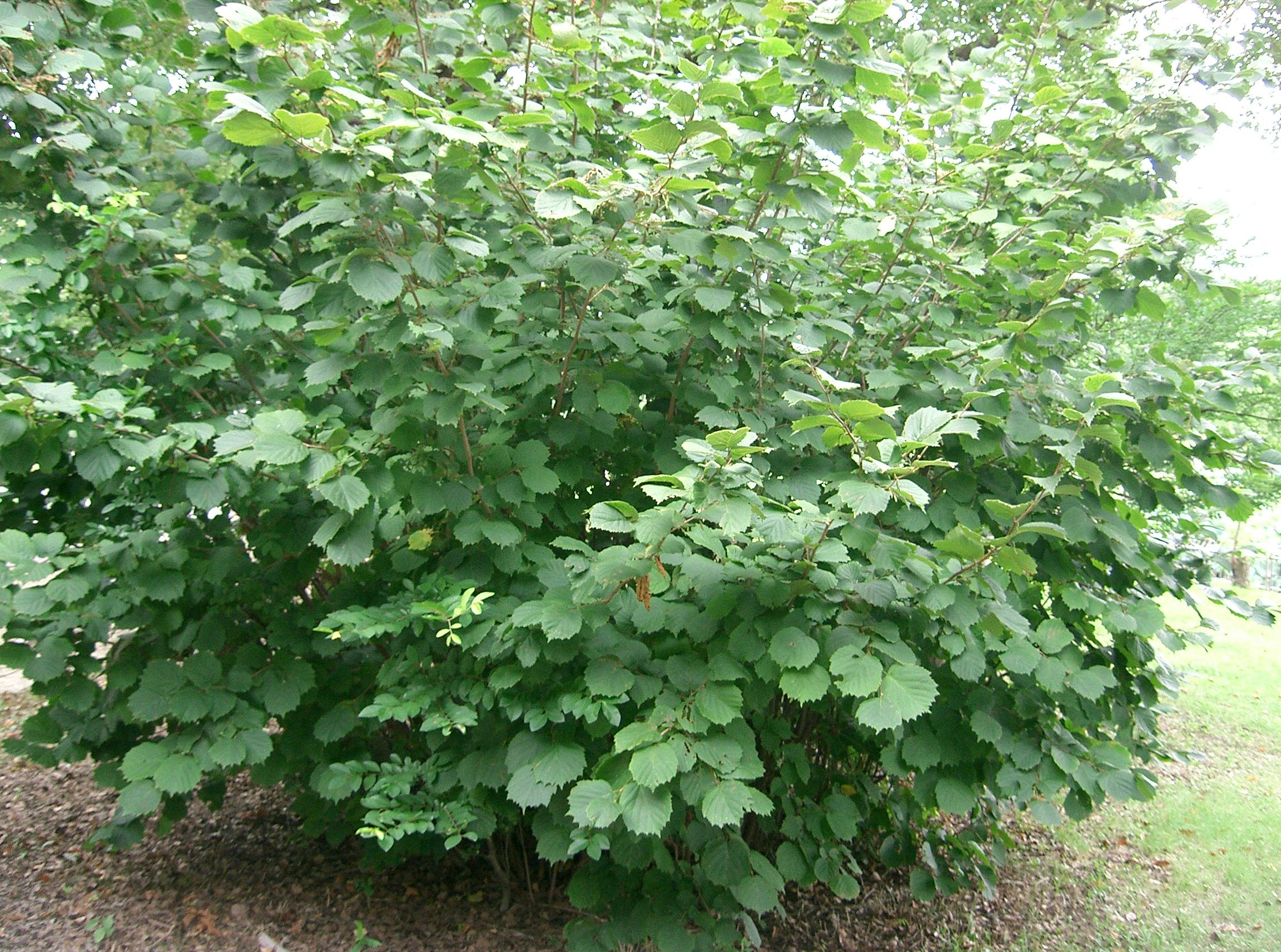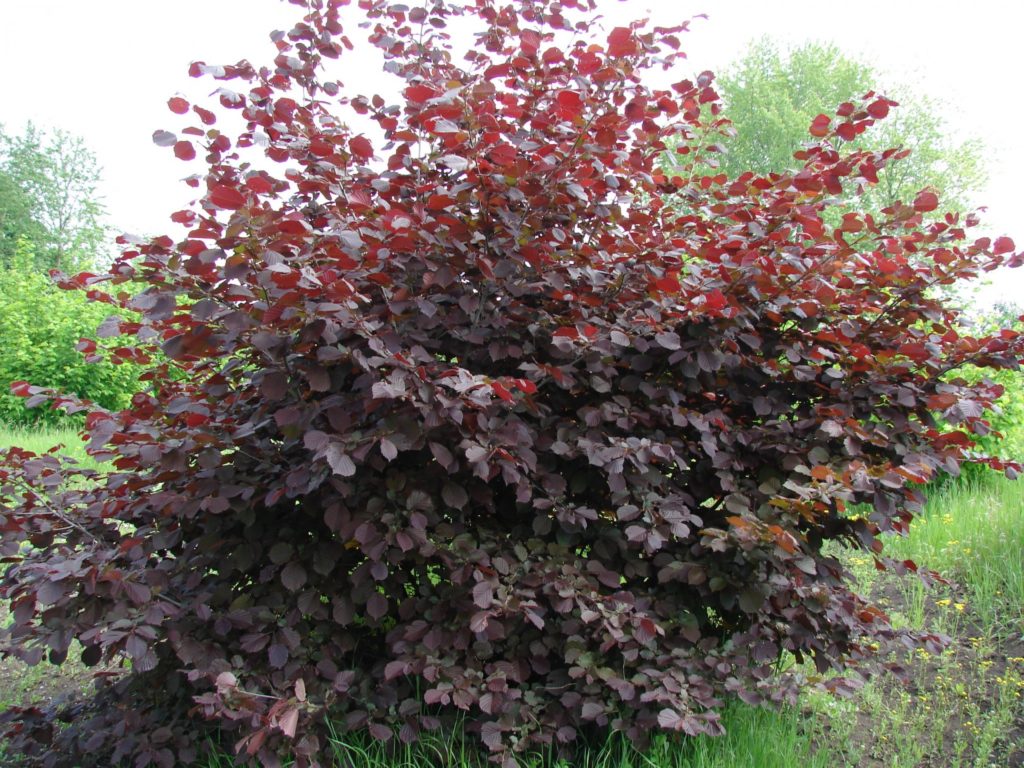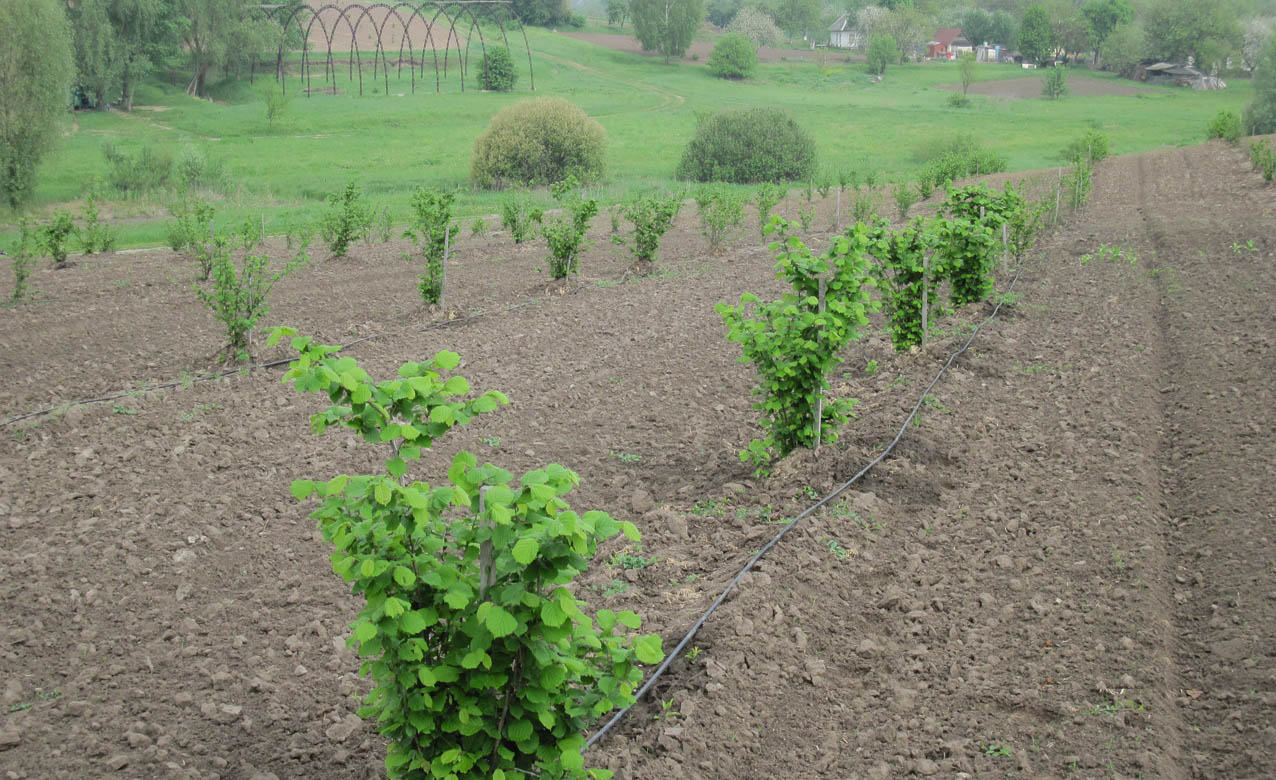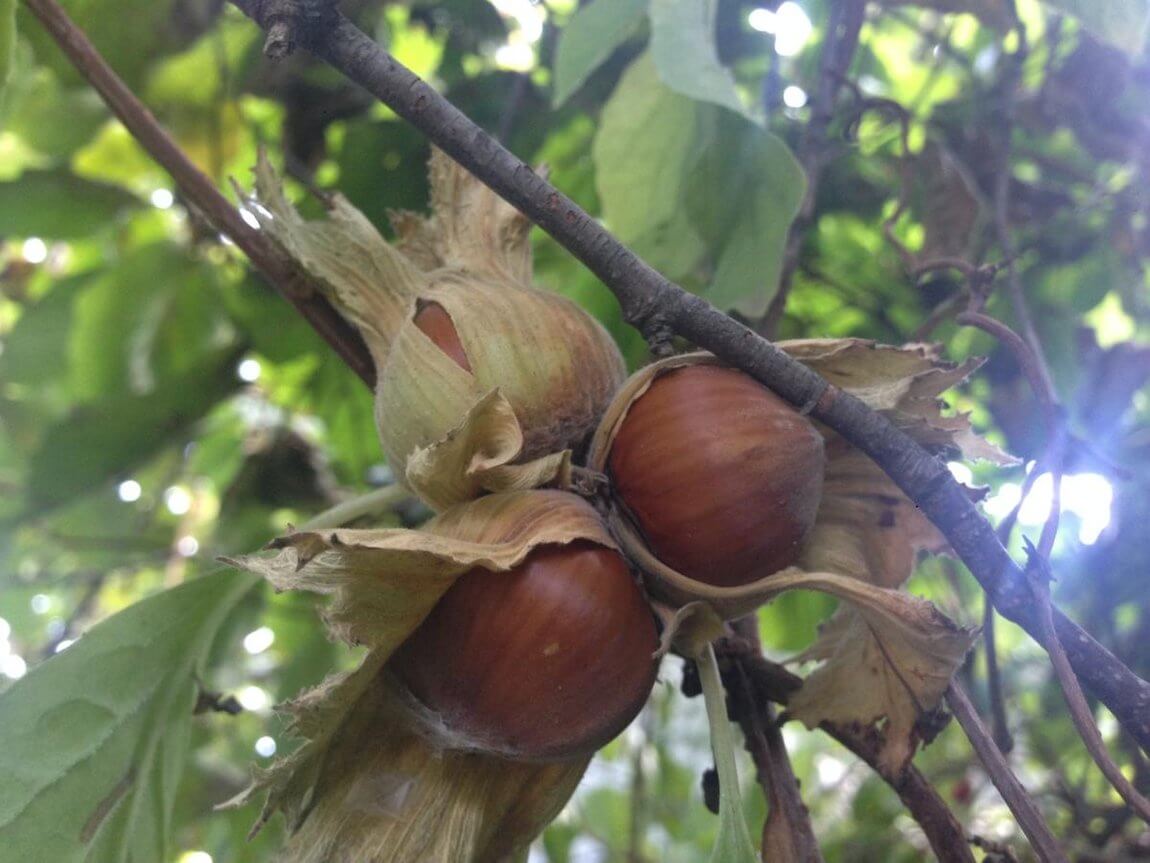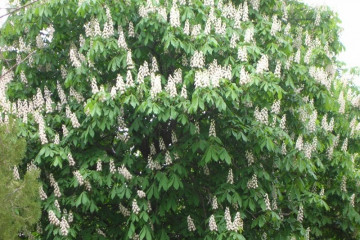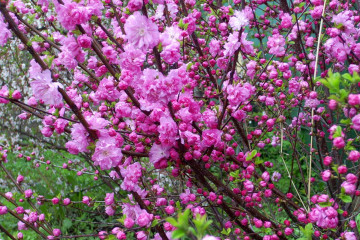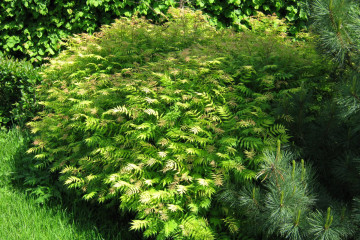Hazel (walnut) is a tree or shrub
Content:
The homeland of hazelnut is distant Asia, but you can also meet this herbaceous plant in the Caucasus, in the USA and Europe. The taste qualities of the nut, its useful and decorative properties have long been appreciated by gardeners.
Hazel is a tree or shrub
Not everyone knows what a hazel is, is it a tree or a bush? Most often, the plant is represented by a shrub. This species has several dozen species, including trees. A magnificent specimen of the tree is the bear nut.
This plant is tall, has a beautiful crown shape. But in most cases, the hazel still grows in the form of a bush. In nature, forms a dense undergrowth, mainly in broad-leaved groves.
What does hazel look like?
Most species of hazel are deciduous shrubs. The plant is covered with large, round, bright green leaves. Hazel grows well on fertile soils with good moisture. Oak, maple and elm are considered good neighbors.
Bushes form many shoots that grow directly from the rhizome. The appearance of hazel is difficult to confuse with other shrubs:
- hazel reaches a height of 5 m;
- hazelnuts reproduce well in a vegetative way or by seeds from their nuts;
- hazel is difficult to confuse with other plants, especially in summer. Oval-shaped leaves have a pointed tip and jagged edges;
- an additional feature of the plant is the rough texture of the bush.
Almost all types of hazelnuts end up as tall shrubs. Height can reach 5-6 m in wild plantings, the bark of the stems is smooth. Young shoots are painted in a gray-green shade, in addition, you can see yellow specks.
Hazel can be confused with elm bushes. The bark and leaves of plants are similar in color and texture. To distinguish it is worth paying attention only to the trunk. The elm has only one main shoot, but several hazel. The buds also have a different appearance, in hazelnuts they are green and round, and in an elm they are sharp and reddish.
Red-leaved and green-leaved hazel
Red-leaved hazel, or hazel, is a shrub that looks quite attractive in decorative terms. Against the background of other plants, it is distinguished, of course, by the color of the foliage. This multi-stemmed shrub reaches a height of 4 m. On the branches there are large purple leaves. During the growing season, nuts are formed, which are decorated with a red wrapper. The kernels of these nuts are colored light pink.
Red-leaved hazel is commonly used as an ornamental plant. The shrub is grown in the south, as it cannot withstand the harsh Russian winters of mid-latitudes. Even if you cover the plant for the winter, such activities will not help. The shrub nut will not die at all, however, in the future, it will not work to wait for flowering and fruit. In this case, the bush will only become a decorative decoration of the site.
Tambov early and Pervenets should be placed next to the red-leaved hazel. These varieties are representatives of the green-leaved hazel and are considered good pollinators of the red-leaved variety.
Green-leaved hazels tolerate frost better, so they are often planted in Central Russia.
Hazelnut varieties
More than 20 species include the genus of hazelnut. The variety of cultures of this kind is simply amazing. Plants have significant differences, but almost all of them tolerate frost normally and are distinguished by their longevity.
Hazel grows well on all types of soil, it is unpretentious, but it is better to bear fruit on fertile ones. The nut loves moisture, but its excess can harm the plant. In an open sunny area, hazel will be decoratively attractive and will give a good harvest. Among all types of hazel, several of the most common are distinguished.
Common hazel, or hazelnut
Common hazel reaches 6 m in height. The tree has an extremely attractive crown. From classic varieties, common hazel is distinguished by flowering, which begins before the foliage opens. The bees are especially interested in this shrub.
Bear nut, or tree hazel
Bear walnut, or tree hazel, stands out among all types of wild hazel. This plant grows up to 20 m high. The diameter of the nut crown is 8 m. The slender and attractive trunk is a distinctive feature. The tree is recognized by its wide-pyramidal crown shape. Over the season, it gives a large increase. The plant tolerates drought well, shaded place of growth and frost.
Hazel and hazelnut: what is the difference
Hazelnuts and hazelnuts are usually considered the same plant, but this is far from the case. Both nuts belong to the Birch family. At the same time, the wild plant is the same hazel. Hazelnuts are selected varieties of hazel, giving the maximum yield. Hybrid varieties are also classified as hazelnuts.
Unlike hazel, hazelnuts are a shrub that is thermophilic. Hazelnuts have a rounded shape, but hazelnuts are more elongated and large with a high yield.
Hazelnuts and hazelnuts have approximately the same content of nutrients and vitamins. Hazelnuts have a more tart taste and calorie content, the class of these nuts is higher. But hazelnuts are still more useful, since the bush grows in natural conditions.
Growing hazel in the garden
Despite the fact that hazel grows in the forest without anyone's help, when growing it in the garden, certain agrotechnical rules must be observed. For example, it is important to follow the landing pattern. There must be at least 3 m of free space between trees. Otherwise, the plants will simply interfere with each other.
If the planting hole is being prepared in poor soil, several tablespoons of fertilizer should be added to it in advance. After planting the seedling, compact this place and spill well with water. Additionally, you can lay a layer of mulch to maintain moisture.
Caring for hazelnuts is a set of standard measures - loosening the soil, watering, pruning, feeding. Watering is essential, especially during dry periods. It will be good if you manage to water the soil before it has time to dry out. If it rains periodically, moistening the nut is not required, but if the weather is hot and there has been no precipitation for a week, you will have to water it abundantly.
Walnut is a shrub that needs at least 3 dressings per year.In the spring, you can use nitroammophoska. In June, wood ash, superphosphate and potassium salt are used. In July, you can apply superphosphate in the amount of 1 tbsp. spoons under each bush. At the beginning of spring, it is necessary to carry out sanitary pruning; for other purposes, in principle, it is not needed. By cutting out dry shoots, the crown will become less thickened, which will improve the condition of the plant in general.
Not only as an ornamental plant, but also as a tree with useful nuts, hazel is grown on their plots. In the wild, the shrub gives no less good harvest than at home. The main thing is to choose a variety suitable for the region, plant the seedling correctly and provide it with the required care.
